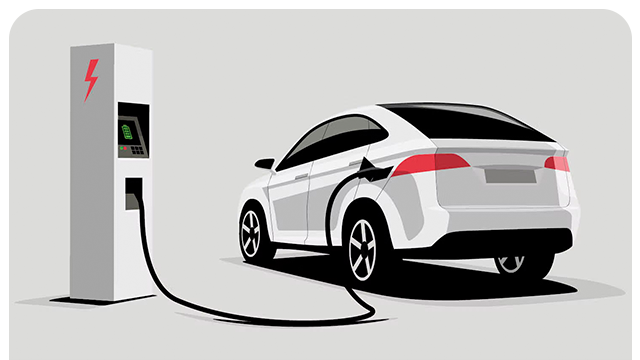Resources / Training /
Positioning for Market Leadership
Describe your offering in a way that is consistent with what people already believe to be true

Because of the proliferation of new technologies, users are constantly bombarded with new products making it difficult for them to understand and then select from an overwhelming number of choices. Meanwhile, many small companies fighting for recognition in a sea of competitive alternatives can’t understand why their innovative products aren’t selling well.
The solution to both problems is positioning and messaging: creating a unique depiction of a company and its products (within a chosen market segment) and then building support throughout the market infrastructure or ecosystem. When combined with effective messaging, positioning helps high-tech companies deal with such problems as:
- short product lifecycles
- rapid response from competitors
- the inability to differentiate
- loss of market leadership
Customers “position” a product and company in relative terms of importance and value in their minds based on what the company does, not what it says.
To position a product effectively, you must know how well customers understand your product offering and how they currently perceive its value.
Done correctly it will establish credibility and make your product more valuable than alternative offerings.
The key to successful positioning, differentiation and competitive advantage is describing your product in terms of “the current market environment.” (Ted Levitt describes this in an article called “Marketing Success Through the Differentiation of Anything”)
You’ll learn about these key concepts:
- Positioning is the single greatest influence on a customer’s buying decision
- Each customer evaluates products in the market according to their mental map of the market
- Positioning exists in customers’ minds, not in positioning statements
- People do not easily or willingly change their minds about a product’s positioning
- Positioning must first demonstrate a product’s relevance, using supportable, credible, and factual terms
- Making the product easier to buy through effective positioning makes the product easier to sell.
Free resources
Learn more with these related resources

Guides and tools
Innovation-Adoption Curve
Diffusion of Innovations by Rogers, E. M., (First edition. New York: The Free Press. 1962) describes the qualities that make an innovation spread successfully. It is the most popular model for understanding how new products and innovations gain momentum and diffuse (or spread) through a specific market or population.

Guides and tools
Market Education Guide
People still talk with other people before making important decisions…especially decisions related to buying new technologies or adopting new innovations. Market education is a proven method of enabling conversations between people that are based on evidence and credibility.

Industry analysis
Accelerating EV Adoption
Cost and limited driving range are not the only barriers to widespread adoption of electric vehicles. The perception of risk plays the biggest role in delaying mainstream acceptance. This analysis of adoption factors demonstrates that a reduction in perceived risk is actually the primary transformative factor.

People Patterns vodcast
What is your customer buying?
Business leaders tend to think the multitude of features and functions in their product are the ultimate selling points in their marketing. Extra features may provide value in the future, but the initial adoption of something new is actually based on a single feature or function…especially with mainstream customers.

Featured article
Chasm Crossing Confusion
When business leaders decide to use a framework for strategic guidance, the model needs to be crystal clear. Any ambiguity can lead to delay of revenue. The lack of understanding of the chasm concept explains why B2B tech companies often take a decade or more to build a profitable revenue stream.

Guides and tools
Low Risk Recipe eBook
The Low Risk Recipe™ is one of the most powerful frameworks developed by High Tech Strategies. In this eBook we describe how intangible attributes allow the development of a low-risk offering, which is the most important dimension of value for mainstream customers and buyers. Several examples are included.

